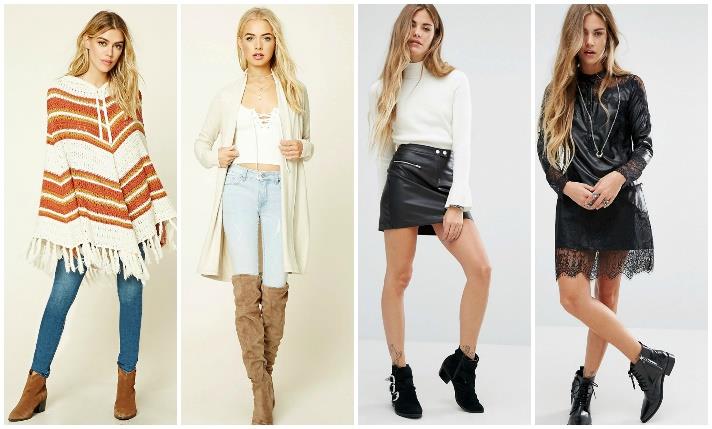
Are Micro-trends Harmful for the Environment?
Picture this: a new piece of clothing shows up on your social media, soon after, your favorite celebrity wears it, after a few days, your friend gets it. So, you finally give in and buy it. You wear it just a few times before you realize it’s already out of style. Sounds familiar?

This is called a micro-trend – an article of clothing or aesthetic that gains massive popularity in a very short time but falls out of style just as fast. They aren’t a new thing. For example, in the 2000s, it was trendy to wear velour tracksuits and chunky tinted sunglasses. And in the early 2010s, it was stylish to wear skirts over leggings.
On average, a trend cycle used to last from 3-5 years, but with the rise of social media, this cycle keeps getting shorter.
Before Tok-Tok, Instagram and YouTube, people used to look for fashion inspiration in fashion magazines, runway shows, and movies. This way, trends were set at a much slower pace. Whereas now, there are millions of different influencers, all competing to create the next big trend, and every one of them has the means to reach millions of people with just a click. And when a new trend arrives, everyone rushes to jump on it. The clothes trending are usually from big designer brands that most people can’t afford. So, the average consumer ends up resorting to fast fashion brands to buy the items.
Here are some micro trends that gained popularity over the past few years you might remember:
- “Strawberry Midi Dress” July-April 2020
- Amazon Corset January 2021
- Chunky Rings April-September 2021
- Vivienne Westwood pearl choker November 2021-January 2022
All of these are different pieces of clothing that were popular during different periods in the last few years, but they all have one thing in common: They all gained massive popularity in a short time only to get forgotten in a few weeks.
So how is this harming the environment?
- Most of these clothes end up in landfills, barely worn. When these clothes are no longer considered trendy, most people stop wearing them. After a few months, they throw the clothes away.
A report from a Chinese fashion company, Y Closet, claims that the consumer will use the new article of clothing only a mere three times before it ends up in a landfill.
- Buying from fast fashion brands is unethical. Big corporations like Shein, Fashion Nova, and Romwe exploit workers from third-world countries. This is why these clothes are so mass-produced and inexpensive.
According to the non-profit, Remake, 80% of the workers making these clothes are young women between the ages of 18 and 24. These workers usually work 13-14 hours, and sometimes work overtime until 2-3 am and are not even paid for it.
- The clothes are usually very low quality. These companies usually aim to mass-produce a lot of clothing and overlook its quality in the process. This is why these clothes are often not very durable.
Here’s what to do:
- Buy less. Don’t buy clothes you don’t need. After all, bigger isn’t always better.
- Buy clothes from more sustainable brands. Find time to research the brands you are wearing and always be on the lookout for better options. Now you know, if a price feels too good to be true, it most likely is.
- Buy better quality. Next time, think of quality before buying new clothes, this way they can last you longer. Trust me, this will save the environment as well as your wallet. You can check the quality of clothing
- Think of better ways to get rid of your clothes. By now, you are probably thinking of all the clothes in your closet that you will probably never wear again, but wait! Don’t throw them out just yet. Instead, think of selling your clothes to second-hand stores and apps. Better yet, donate them!
- Buy second-hand. People often sell perfectly good clothes, just because they don’t wear them anymore. So, this weekend, instead of going on your usual trip to the mall, go shopping in your local thrift store.
Keeping up with trends is exhausting, so the next time you feel pressured to hop on the newest trend, just remember, it won’t be there in a few weeks. Instead, focus on what you like and what you feel good in.




